Did you know that the second largest United Nations Office is located in Geneva, Switzerland? That’s only an hour bus ride from where our campus is located. So, our lovely directors provided an opportunity for all of us to go on a tour of the building and learn a bit more about how it all works.
But, first we had to go through airport-like security! And right after that, we were told that if we strayed from our group, security would be called and you would have to leave the building as soon as they found you. They do not mess around here (and rightfully so).
Luckily, they weren’t too strict that they wouldn’t let me take pictures. So here it is…The United Nations Office at Geneva.
^^Looking in on a conference room where important decisions were being made as we were standing there
^^In this room, each part (the pillars, the floor, etc) were donated by different countries around the world.
Sitting in the very seats of the conference rooms, where representatives of countries debated topics and made decisions that have affected every single person on our planet is quite powerful. It was such an honor to have that experience alone.
After our tour of the United Nations and a quick lunch, we headed back up to the Red Cross Museum that happened to be right across the street from the United Nations building.
Here we took a self guided tour with headsets, which I enjoyed because everyone could go at their own pace and spend extra time in the places that interested them most. The Red Cross museum had exhibitions focusing on restoring family links, defending human dignity, and reducing natural risks.
In the restoring family links exhibit, you first had to walk through a chained curtain. The coldness of the chain and the darkness set the mood for the rest of the exhibit and immersed me into family tragedy.
After walking through the curtain, there were cases of prisoners of war cards from the First World War that had records of their date of birth, where they were born, and where they were located. So, when families reached out to discover the whereabouts of their family member, these were the cards that were copied and sent back to the family.
Then covering the entire next wall, there are pictures of the children in Rwanda who are missing from their families. This hit me pretty hard cause I cannot handle thinking about how it must of felt to be that little and not knowing whether or not I would see my family again. I think their expressions in the pictures show that worried feeling.
In the defending human dignity exhibit, there was a giant foot placed over a screen of human rights footage to say that there have been times that human dignity has been trampled on.
In the reducing natural risks exhibit, there was an interactive game that trained you to help save a community from a tsunami. On our first try, we only saved 60 villagers. But, after discussing strategies and dividing up the work, we were able to save 103 people out of the 120. Of course, we wished we could have saved everyone, but we were pretty proud of ourselves.
And throughout each of the three exhibits there were testimonies of those who had experienced the help of the Red Cross first hand. There were life size TV screens showing people standing with their hands extended straight out in front of them. To start listening to their story, you had to place your hand against theirs. The exhibition designers really knew how to evoke emotion and pull at your heartstrings.
We absorbed so much information that day that every single person on the bus on the way back to campus fell asleep. (And I’m serious when I say everyone!) It was a day full of pretty powerful experiences.
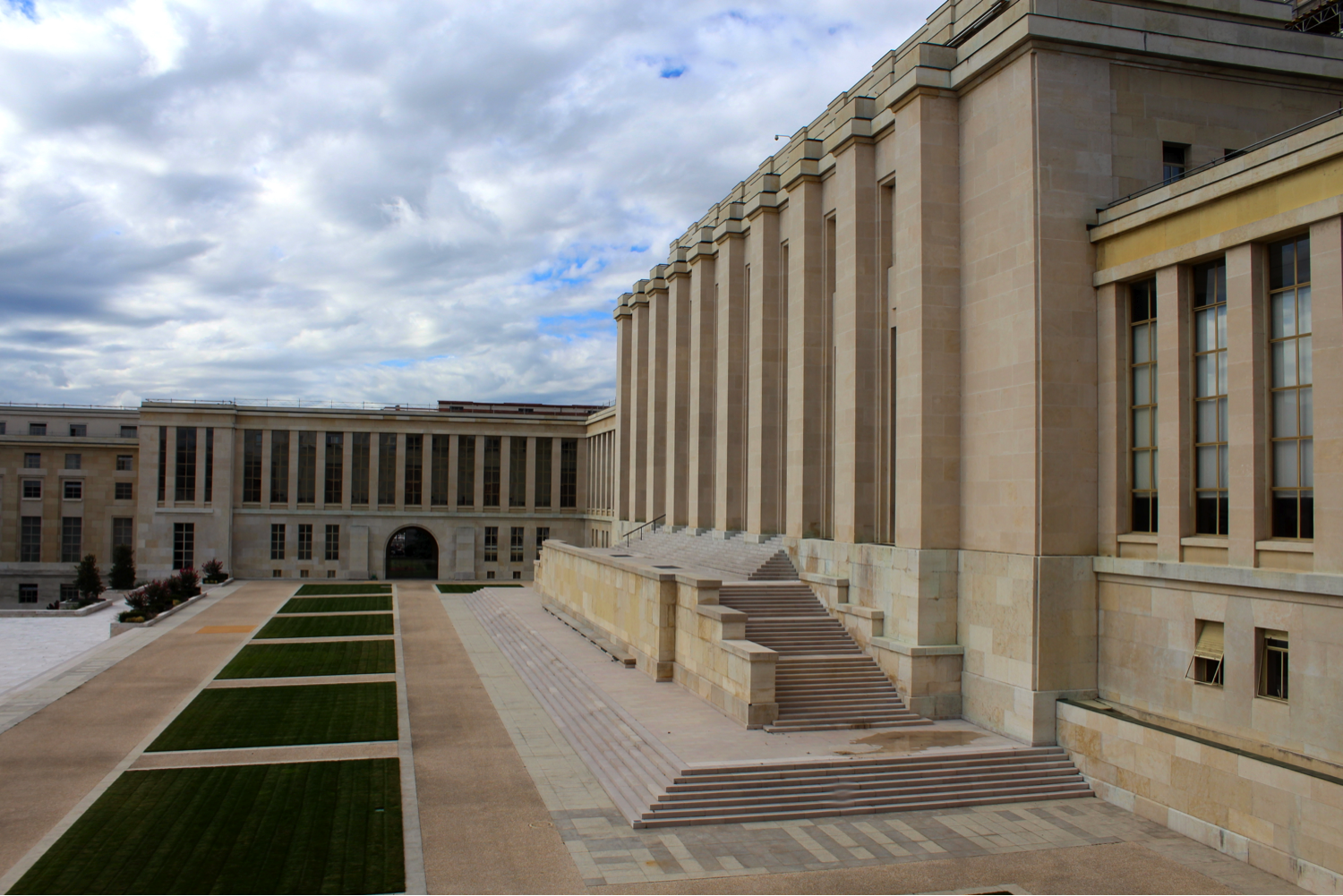
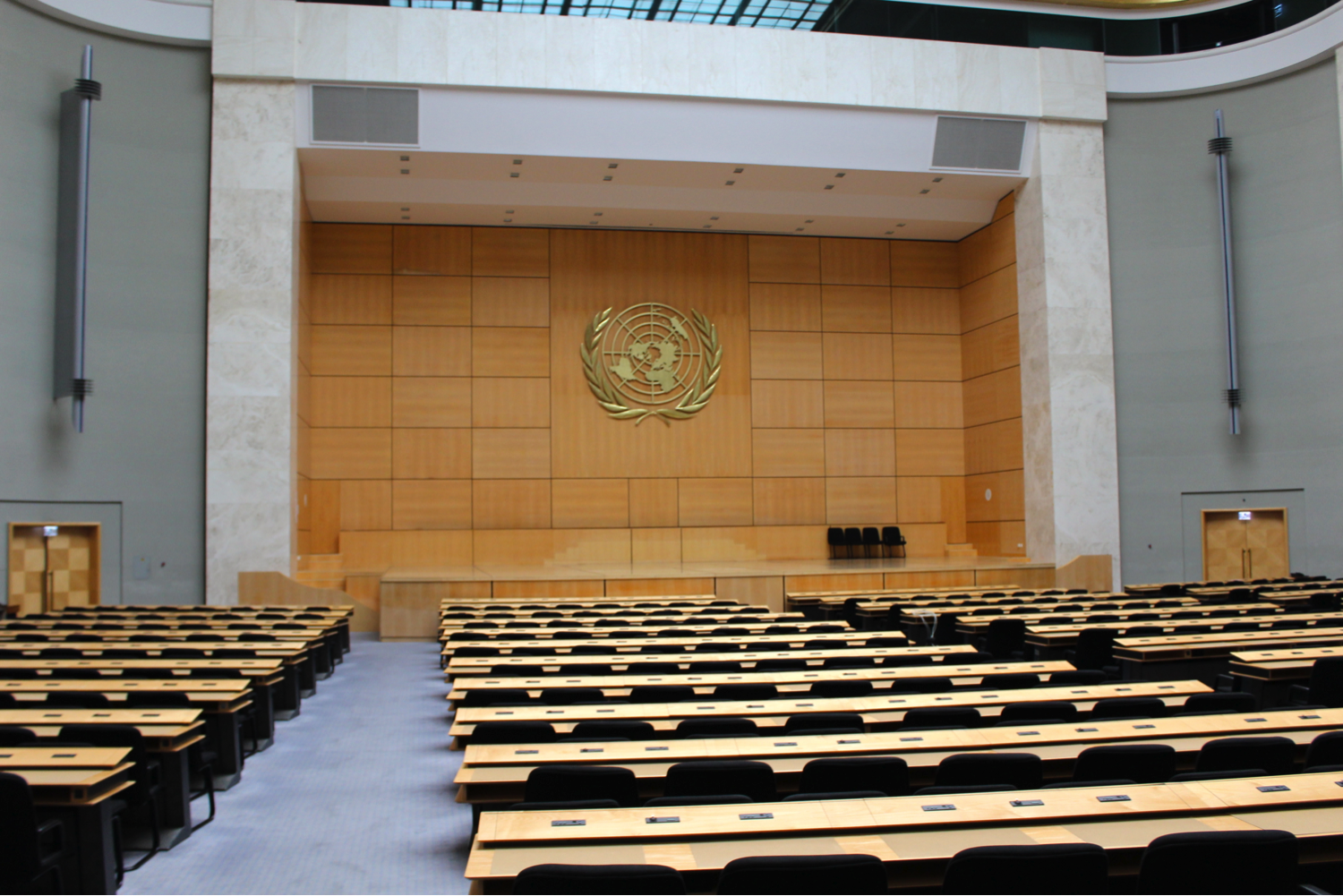
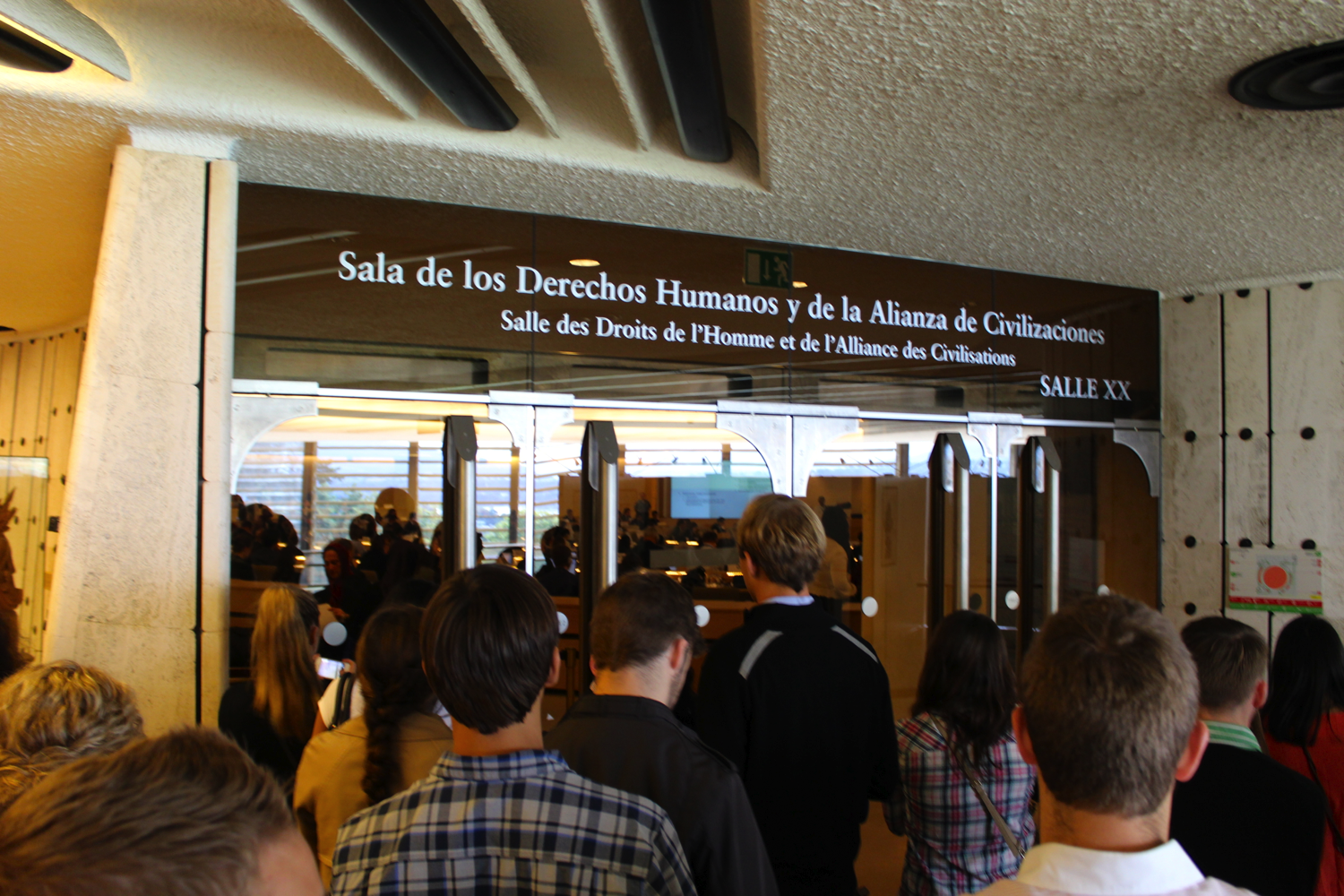
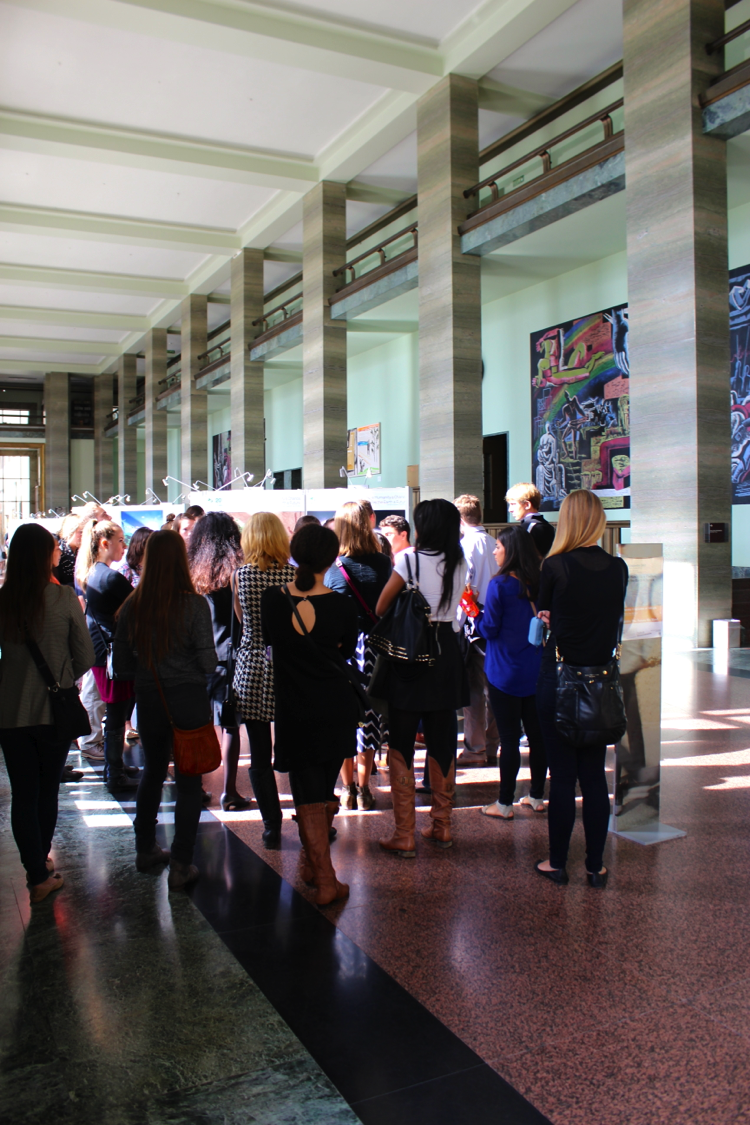
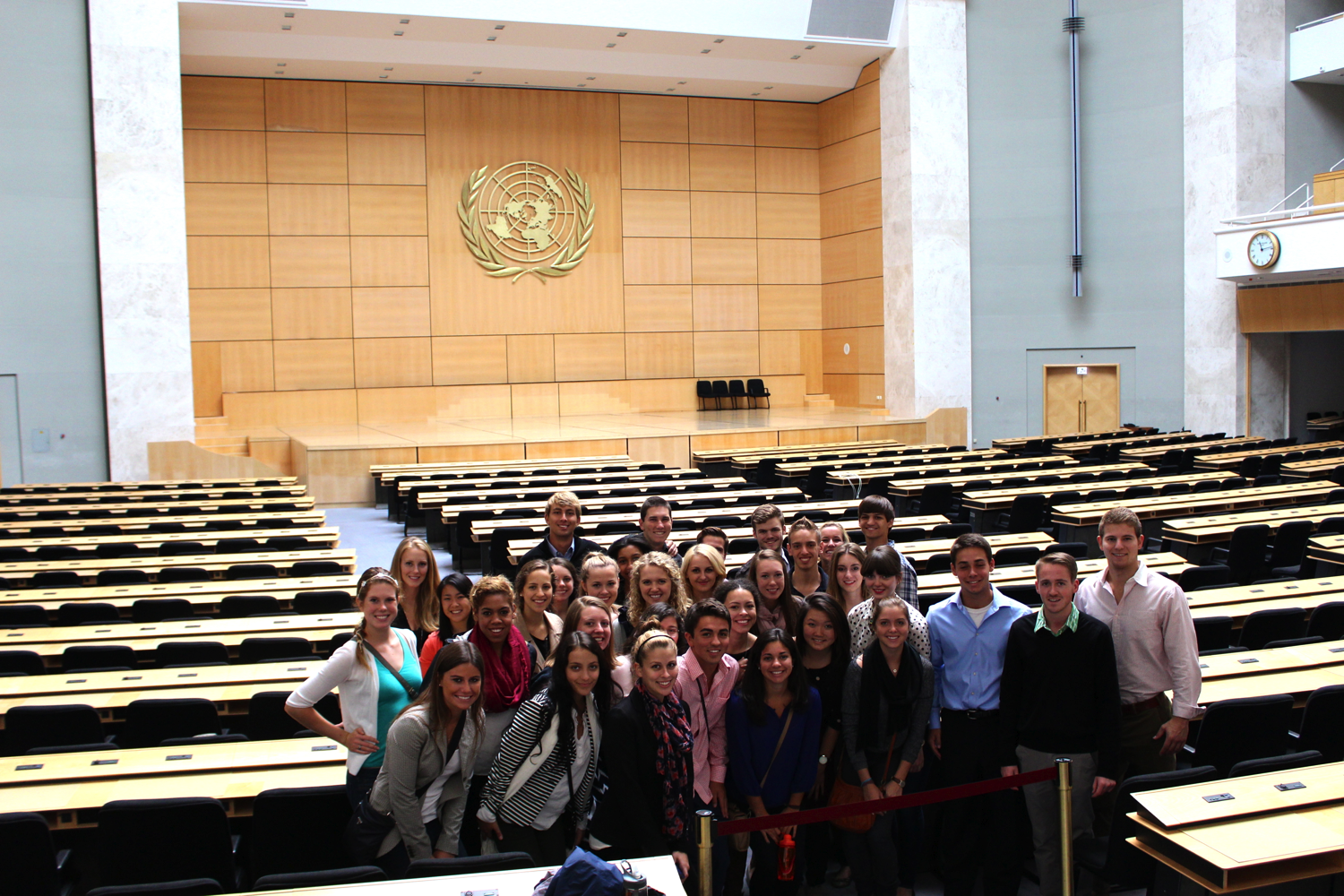
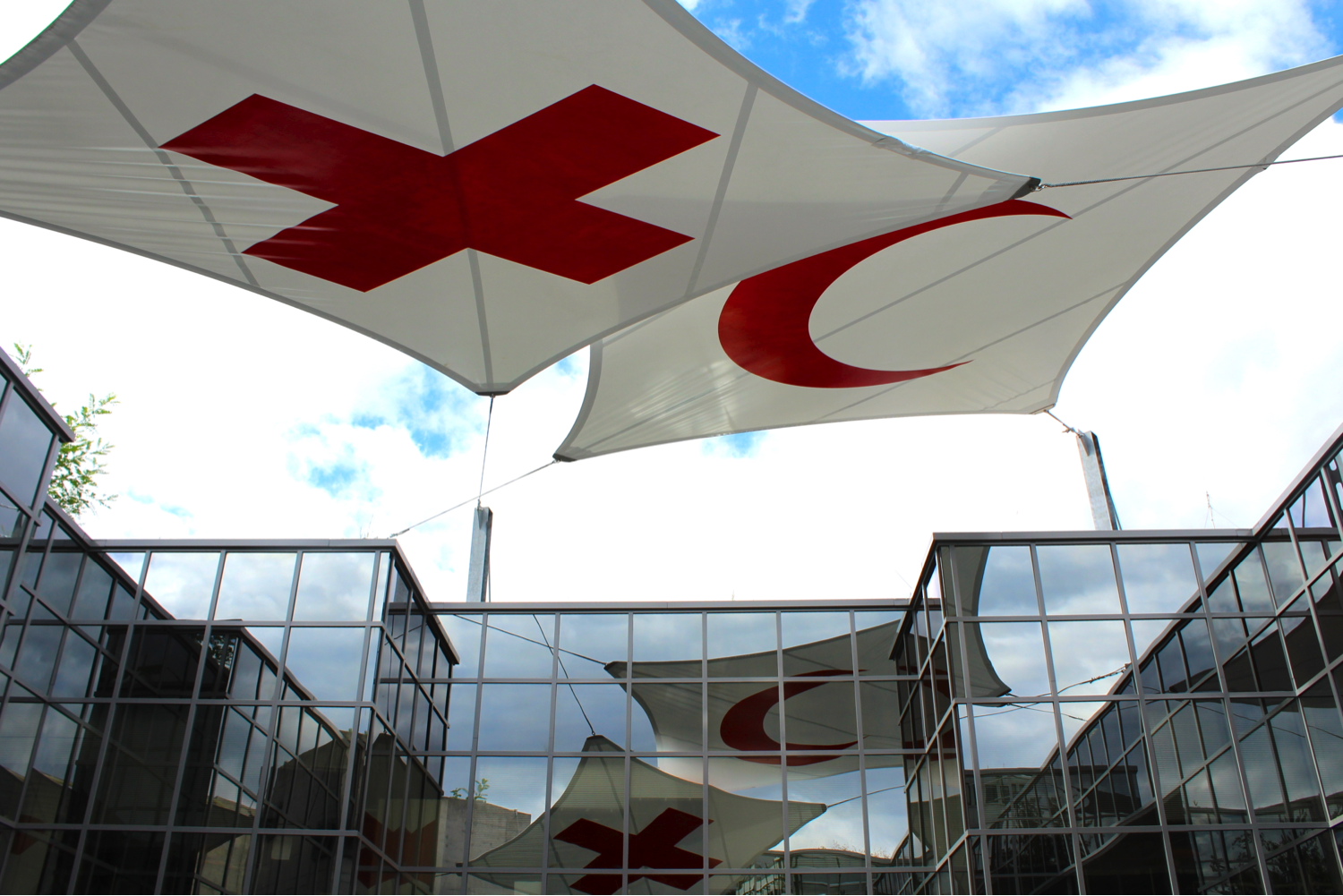
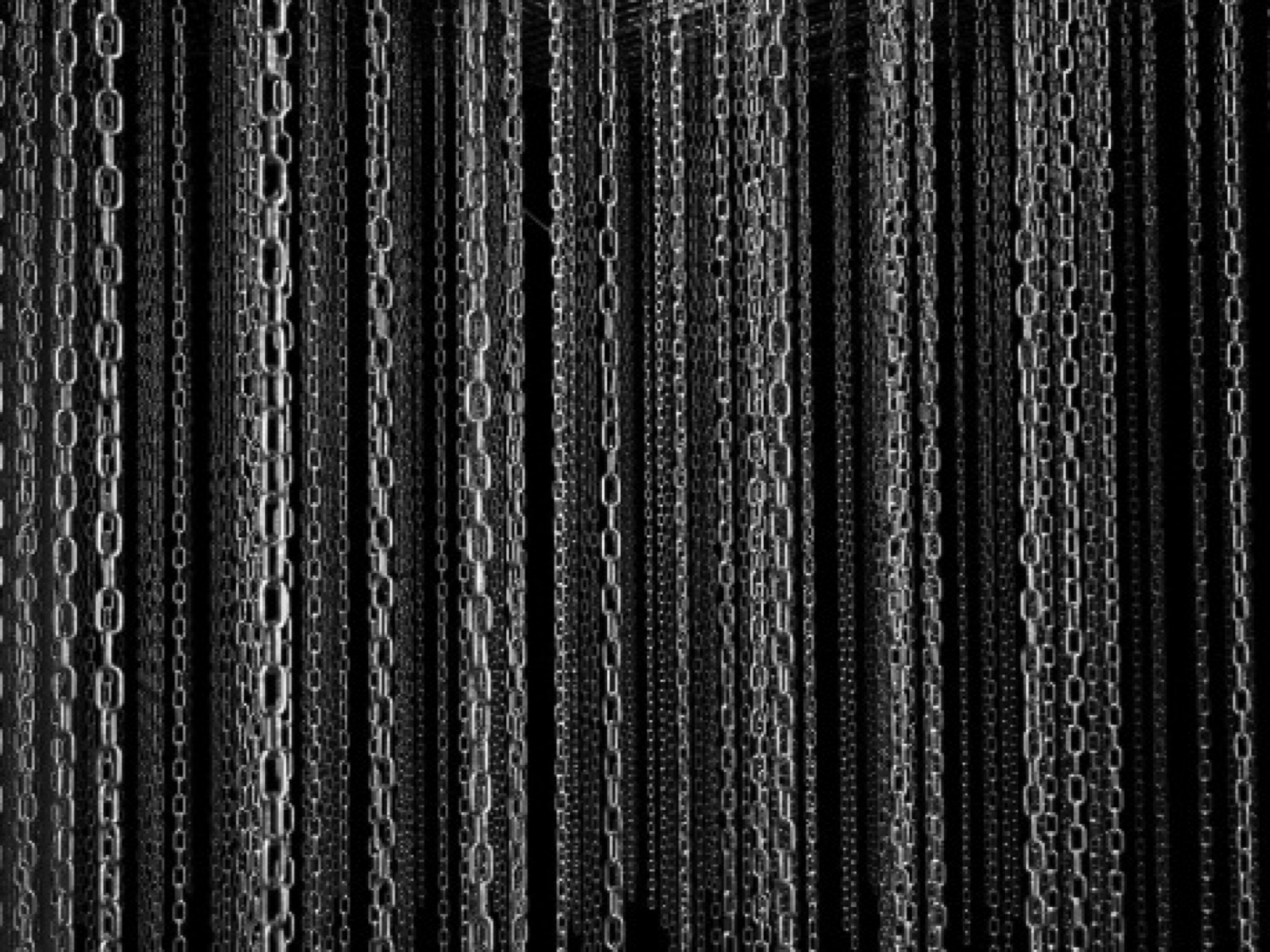
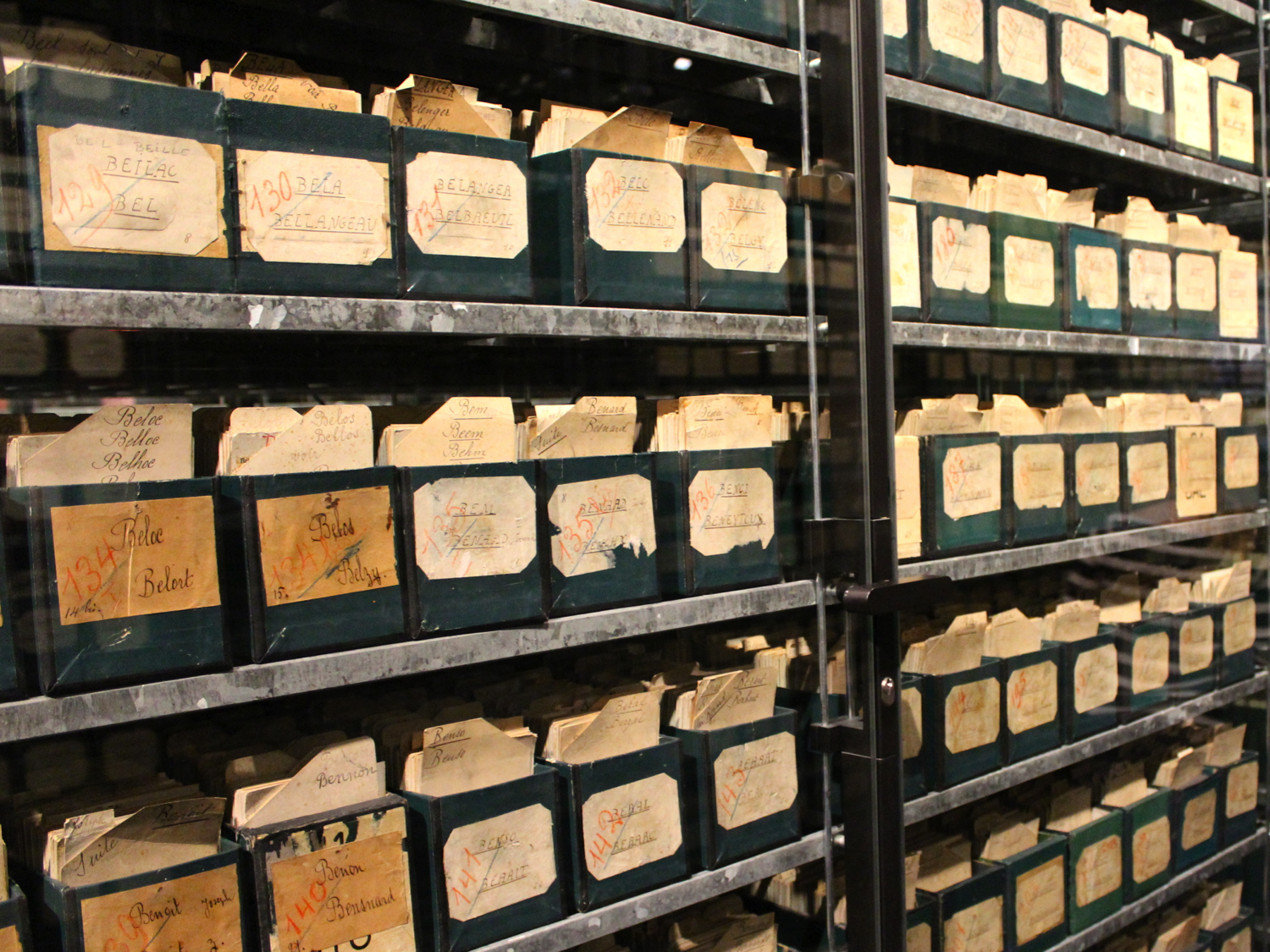
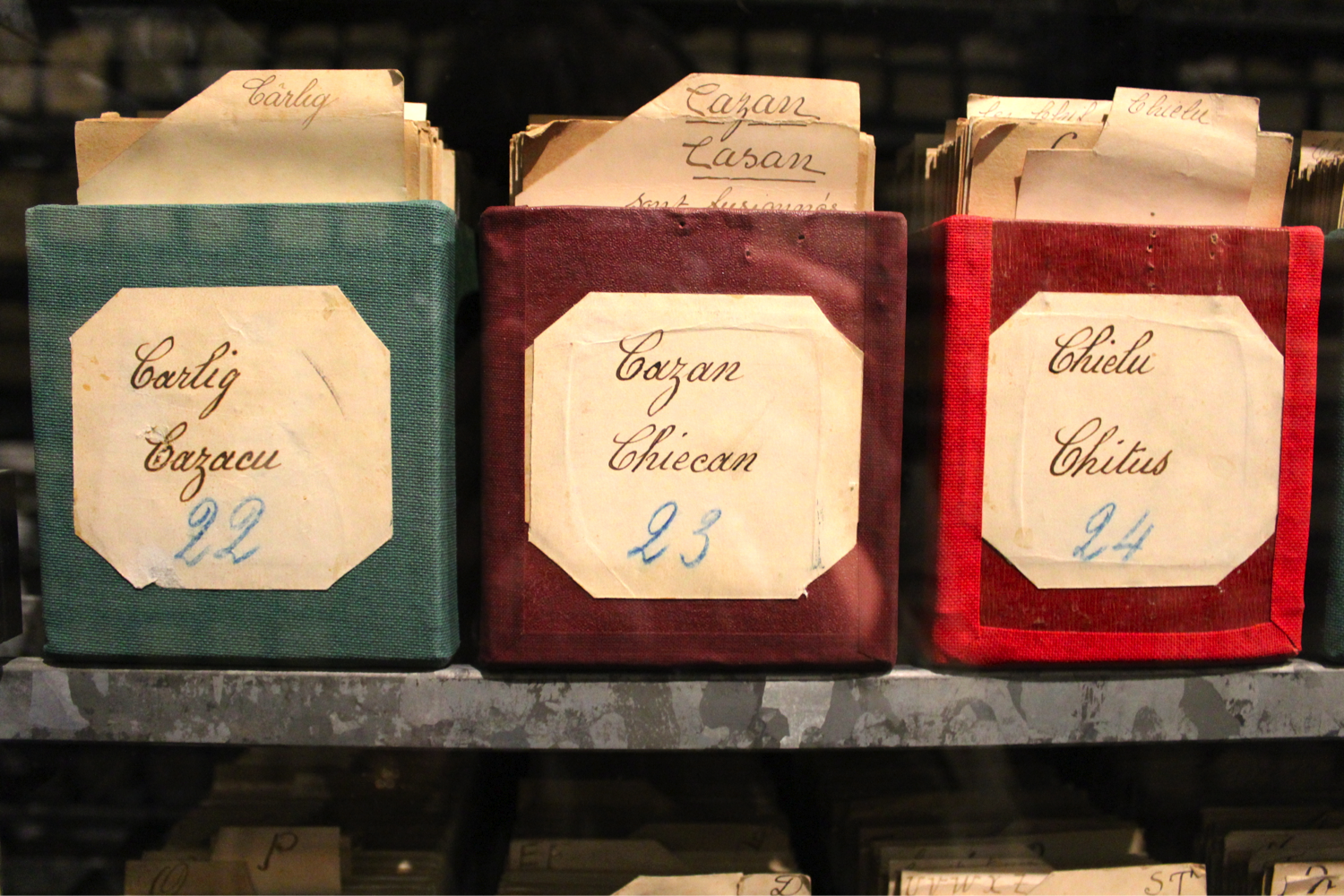
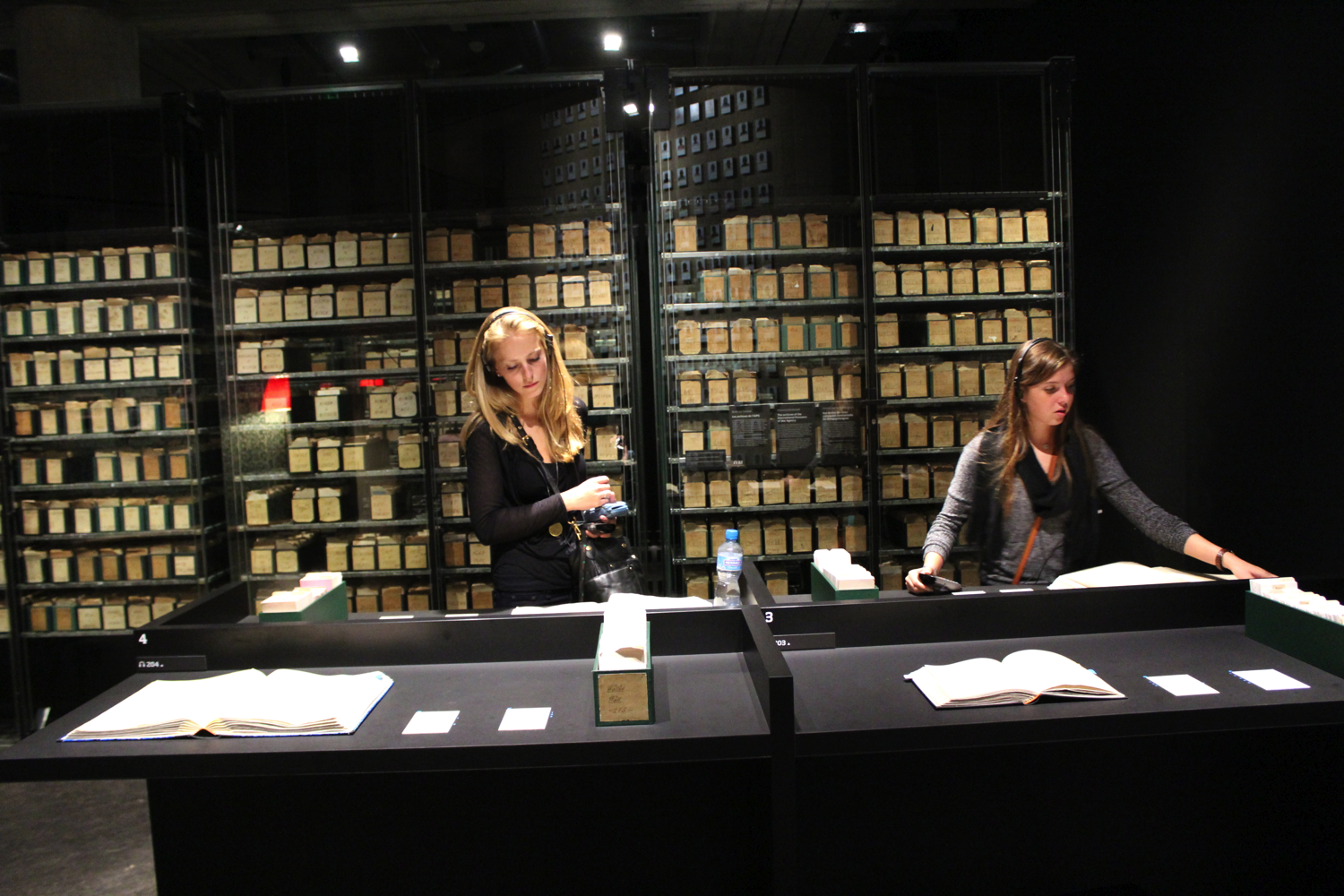
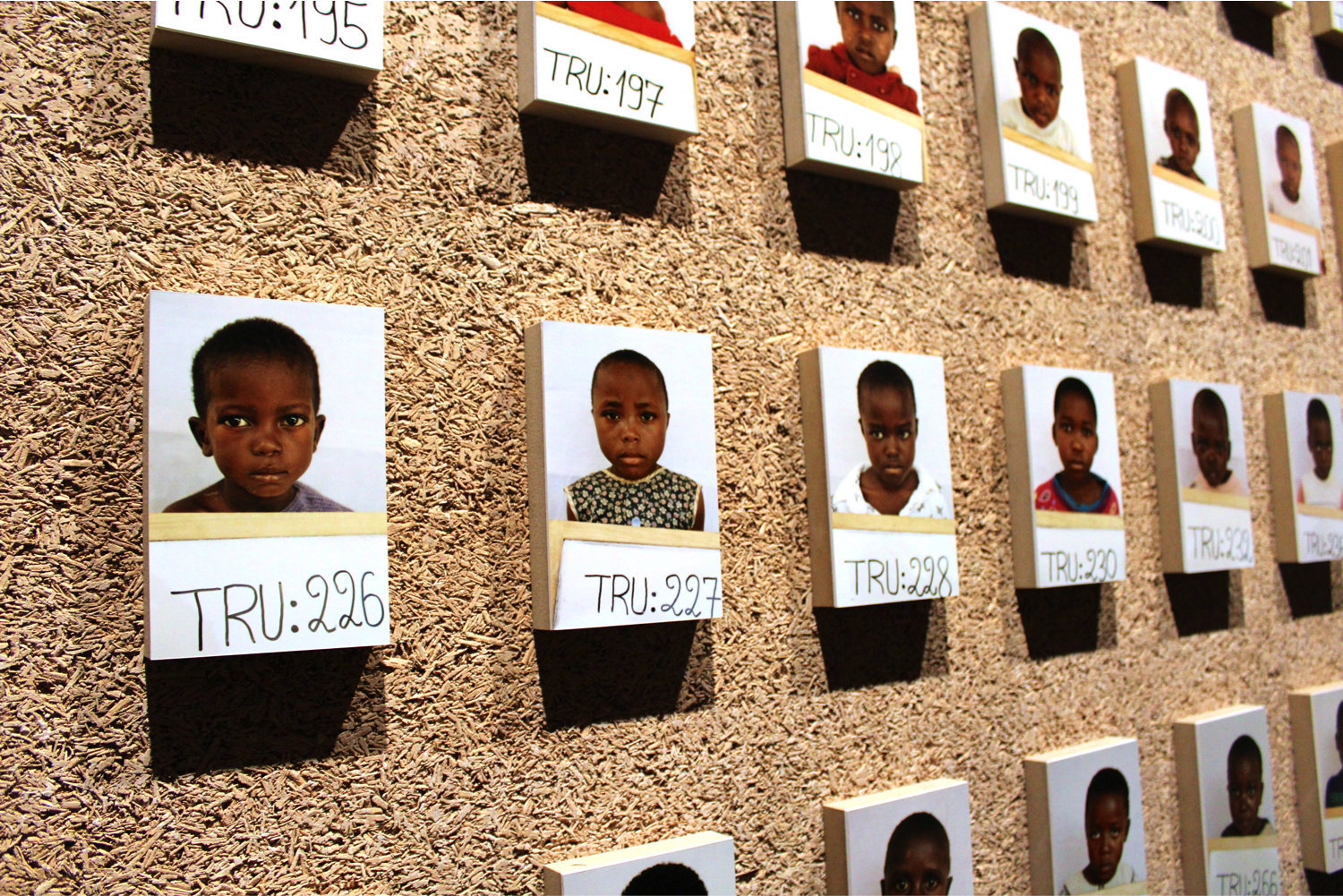
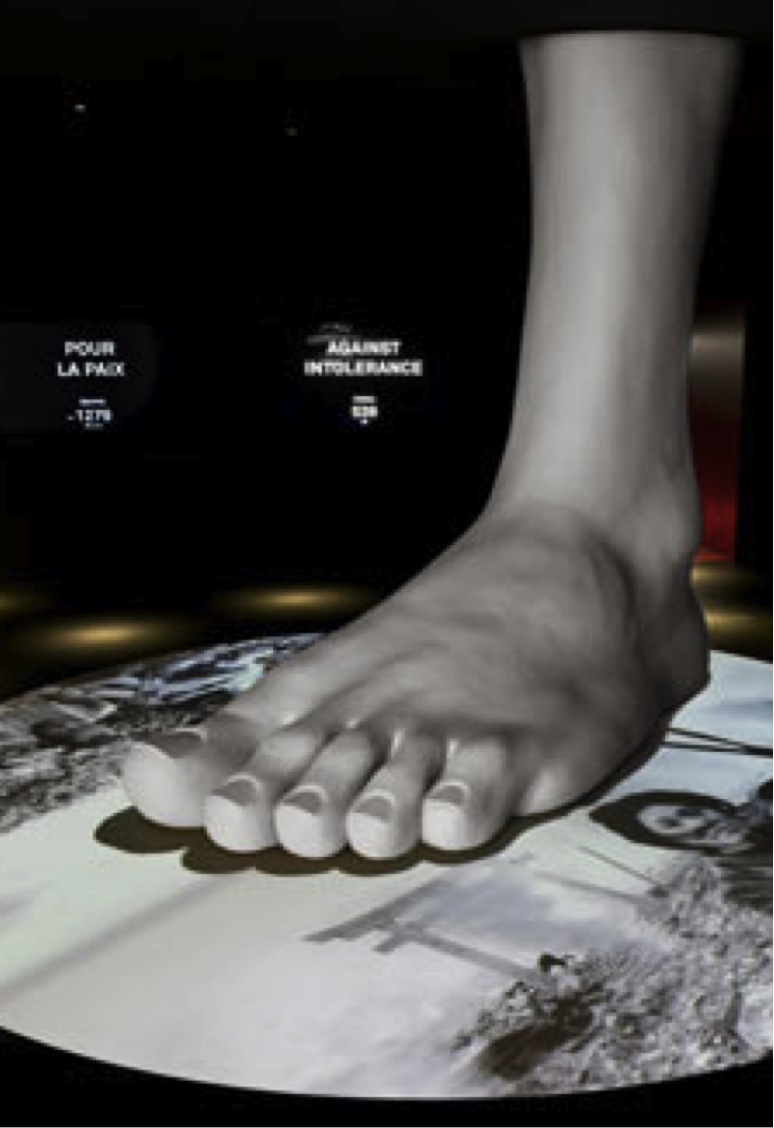
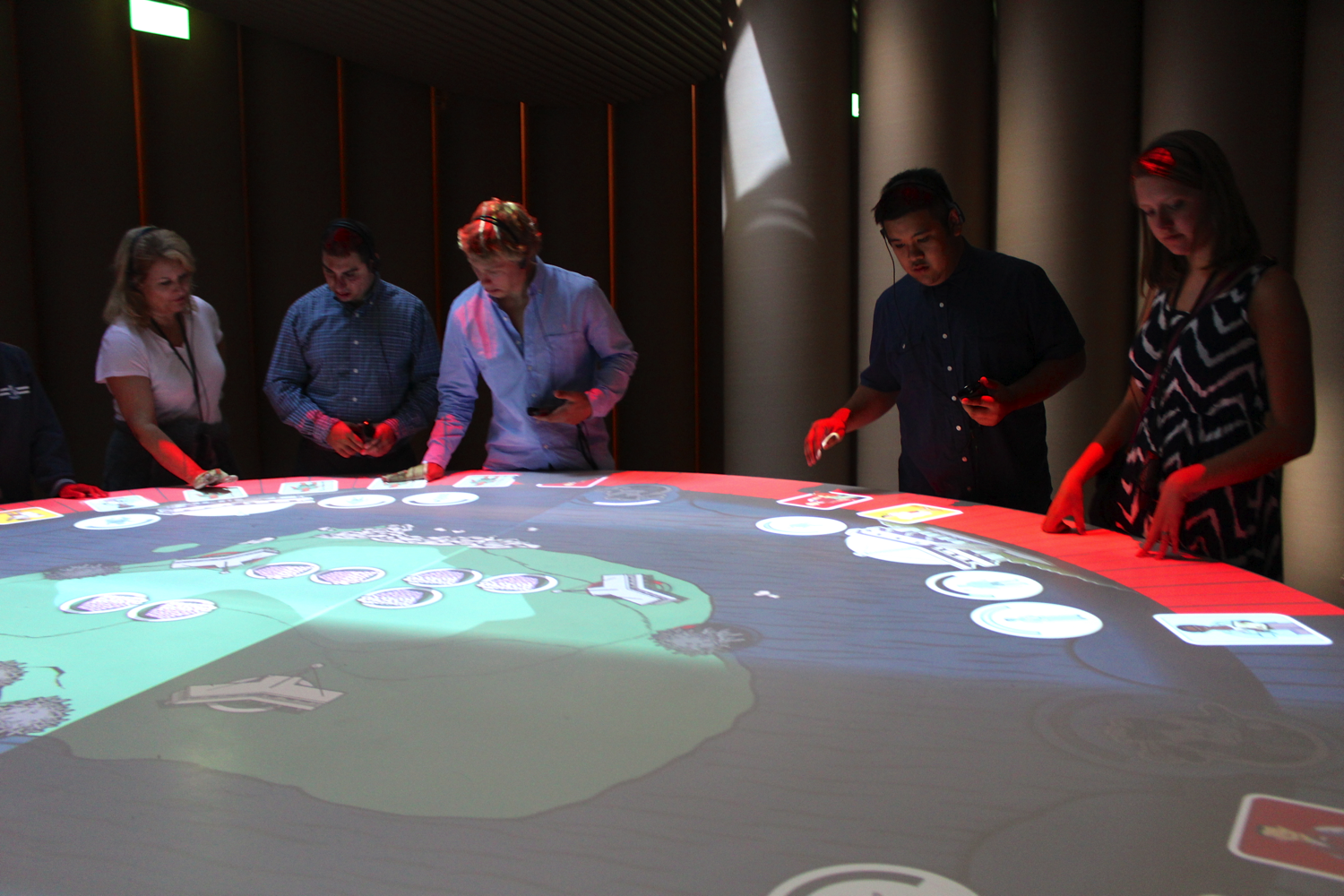
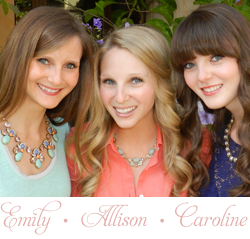
Speak Your Mind